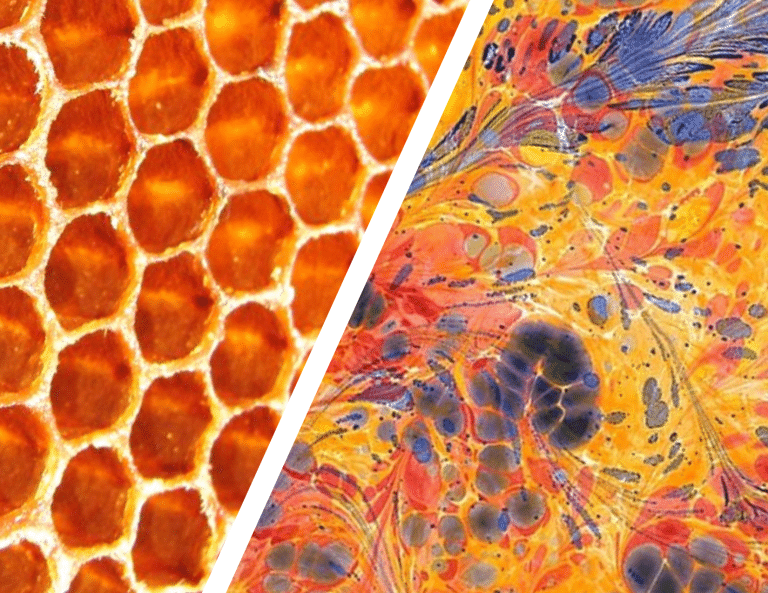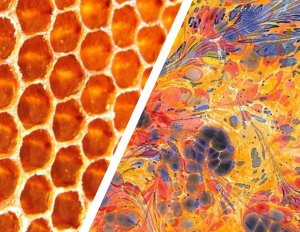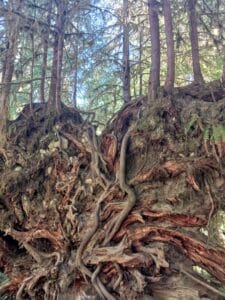By DesertProse
I find myself at a spiritual crossroads. I am forever changed and have let many of the former markers of my faithfulness fall away, but I feel a strong foundation of faith itself still within me and don’t yet know what I want the contours of my practice to be—except that it must be mine.
My heart is loyal to my heritage and spiritual home, while in the very moment, I feel sure I can no longer abide it! I didn’t mean to stop attending altogether, but now that it’s been several months, part of me fears that returning will be like opening the oven door too soon, and my rising souffle will deflate. I have changed, but I don’t know that I’m done changing.
I cheerfully greet my Relief Society sisters at the elementary school, in the grocery store and make small talk at my children’s friend’s birthday parties, but my heart is pulled like taffy between paradoxical poles of feeling known and foreign, cherished and feared, mirrored and unrecognizable to myself.
I think, maybe if I know what I’m becoming then I can lean into it with confidence and I won’t feel so vulnerable.
But last night, listening to the words of Gina Colvin in the quiet hours after tucking my three boys into bed, my perspective shifted. I listened to Gina say, “Mormon communities are often very enmeshed social systems in which we affirm each other’s identities by becoming as much like each other as possible” (A Thoughtful Faith, episode 324. Reconstruction, Deconstruction and Spiritual Formation). The image of a honeycomb surfaced in my mind.
The beehive has always been an apt metaphor for the Mormon community. A model of industry, the worker bees ceaselessly working out their collective salvation through labor and waggle-dance signaling. But we’re also like the honeycomb itself—rigidly formed, our form bound in place by our neighbor’s shape.
There is a great beauty in structure—the patterns, the repetition, the symmetry and perfect form are what makes the honeycomb’s shape so stunning. However, symmetry is not the only form of beauty. Asymmetrical, organic and dynamic, beauty can be equally stunning in freeform marble veins, stretching tendrils of flowered vines, in swirls of the Milky Way against a velvety dark sky. This boundless beauty must coexist alongside the honeycomb. To force it within the honeycomb’s gorgeous hex-bound form would rupture one or crush the other.
“When I differentiated, I became unrecognizable to my people,” Gina explained me to myself. I already know my new, freeform self is authentic and good. I may not have finished becoming what I’m becoming, but that is by design and part of the beauty of my new form.
Maybe now, when I visit with my dear Mormon sisters in the school yard, when I receive the heartful text inviting me to the next “favorite things exchange” for Enrichment (or whatever that meeting is called at the moment), I can see my discomfort for what it is—a reflection of her discomfort, a recognition that my shape and my waggle have changed and I’m okay with that. I can still appreciate the taste of honey and love the freedom of not living in the beehive.
DesertProse lives in the Mojave Desert where she raises three boys, writes for a living and occasionally for fun.







3 Responses
Thank you. Until I am ready to use my voice more, I am so grateful for women who put words to my own thoughts. I appreciate you sharing your story, which is so similar to mine
Beautifully written. I can identify so much. Speaking of beehives, have you ever seen these unusual spiral beehives? They are like no other. I like their freeform nature–less prescriptive. I kind of see myself in my transition as more of that kind of symbol. I, too, don’t necessarily know what I am becoming other than more free, more willing to own my own authority.
https://inhabitat.com/no-one-knows-why-these-bees-build-incredible-spiraling-hives/
I love this so much! What a perfect complement to the piece.